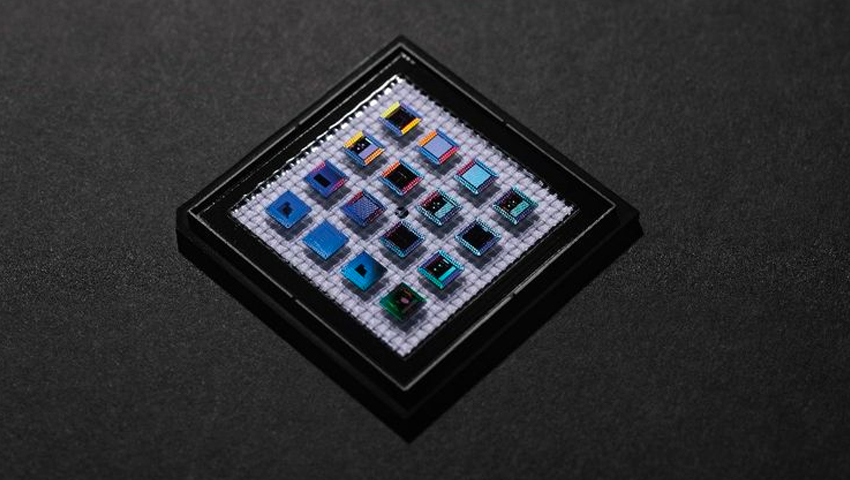The global defence prime has progressed to the design phase of the Aether Spy radar program.
Northrop Grumman has announced that its Air Force Research Laboratory (AFRL) Aether Spy radar program has advanced to the design phase, after completing the System Requirements Review (SRR).
The Aether Spy radar program is designed to develop multifunction wideband digital active electronically scanned array (AESA) technology — based on the advanced microelectronics created on the DARPA Arrays on Commercial Timescales (ACT) program.
According to Northrop Grumman, the program would develop the next generation of integrated circuits, which include additional processing and key design features, enabling the Department of Defense microelectronics strategy.
The prime added that the advanced devices would be fabricated and integrated into an advanced digital AESA to demonstrate a multifunction system capable of simultaneously performing multiple sensing, communication and electronic warfare functions.
“We look forward to demonstrating how the advanced digital AESA technology enables unmatched system agility that will meet the challenging mission requirements of advanced platforms,” William Phillips, director of multifunction systems at Northrop Grumman, said.
"The advanced integrated circuits, digital AESA architecture and multifunction software developed on Aether Spy will become foundational building blocks for the next generation of multifunction radio frequency (RF) systems supporting the future mission needs of the DoD.”
Thomas Dalrymple, technical advisor for sensor subsystems at the AFRL Sensors Directorate, added, “This transition of digital AESA technology aligns well with the Air Force’s digital engineering initiatives.
“Aether Spy will enable significant improvements in surveillance and battle management missions in the future battlespace.”
He concluded, “The multifunction aspects are enabled by both software and hardware reprogrammability that will ensure this sensor will have operational impact for years to come.”
[Related: Northrop Grumman secures US Navy Maritime EW contract]



